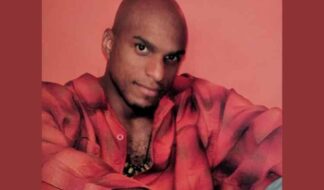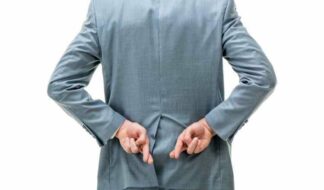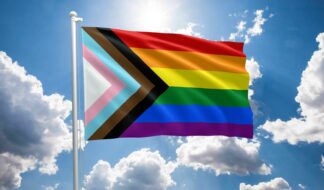By Jim Provenzano
A boatload of Minnesota Vikings has an impromptu orgy. High school wrestlers "teabag" a teammate in a strange hazing ritual. A male coach is caught molesting girls or secretly videotaping them.
With so many athletes – from professionals down to small-town recreational coaches – making headlines for illegal acts, an the majority of them heterosexuals, why are LGBT people in athletics still considered a threat?
Bob Reno runs the website www.badjocks.com, which recounts the ongoing travails of athletes' blunders, from arrests and convictions to outrageous statements and behavior.
With a background in talk radio, Reno created the site in 2000 to keep up with athletic misbehavior. "I wondered if there was a site that just focused on the bad things that athletes did," says Reno. "Not finding any, I created Bad Jocks, and it has been downhill ever since!"
An active athlete as a youth, Reno says he's not out to "get back" at athletes with the site. "I just find the stories hilarious at times and think my readers will, too. So far, I've been right."
Although he doesn't keep statistical data on the athletes he covers, Reno says the idea that gays and lesbians in athletics are a threat is a misperception. "I think parents should be more concerned about straight coaches and teachers hitting on their kids. That appears to be, from my perspective, a much greater, and often overlooked, threat."
Also puzzling is the increasing number of cases where groups of boys sexually assault other boys. "Hazing has become more sexual in the past five years," says Reno. "I think parents and coaches have no idea how bad it is getting. Some of it comes from what is seen in movies, and in other respects it's just a way to 'up the ante,' so to speak, from the typical beatings and forced drinking hazing that were done in the past."
What is it about athletes' behavior that often leads to such acts? "Stupidity," says Reno, "and adults who look the other way because they think that what is going on is the same hazing that was being done 20 years ago. That's not even close, based on what I have reported."
Reno says school administrators often fail to act. "At the high school level, you get some principal saying, 'But we have a policy against hazing,' like the policy will prevent it from happening. All the policy does is tell you who to punish and for how long when they get caught."
The problem, Reno says, is that administrators, coaches, and parents ignore or condone bad behavior, because winning at sports is more important than how athletes treat each other. "Ultimately, things will change when the schools start getting sued for not taking action or [for] ignoring past incidents."
Author and educator Pat Griffin takes a more positive approach to the problems of sexual harassment and "bad behavior" with her work for the Women's Sports Foundation's (WSF) "It Takes a Team" project, which focuses on outreach and education at athletic departments in universities and schools.
Griffin agrees that sexual harassment is still a problem in sports, both for women harassed by men, and also for women who are perceived to be lesbians. Numerous cases of discrimination and homophobic statements and behavior by coaches and athletes fill the pages of the WSF's website, which documents them.
Despite such obstacles, Griffin says that the tide is changing for LGBT athletes facing potential discrimination and harassment. "For younger athletes, things are changing. Some of them are going to come out. Young athletes are more willing to stand up for their rights."
Griffin cites recent lawsuits and settlements involving athletes like University of Florida softball player Andrea Zimbardi and former Penn State basketball player Jennifer Harris, both of whom sued their universities after being dismissed from team rosters simply because they were presumed to be lesbians. (Harris is heterosexual.)
Along with making advancements for women athletes, Title IX also includes stipulations regarding sexual harassment. "If players on a team simulate sex, that covers sexual harassment of all kinds," says Griffin. She doesn't think a statistical comparison between the rate of straight and gay harassment cases has ever been conducted. Part of the problem of such a comparison is that so many LGBT athletes don't come out until after leaving athletics.
When an athlete comes out, it's still perceived as more controversial than the unlawful behavior of a straight athlete. Griffin sees this as changing, both socially and legally. She says she spends less time having to work at convincing athletic departments about discrimination than in previous years. Griffin also believes that, although there are still few out athletes, they should be considered role models.
"For men, the stereotypical image has been that gay men are not competitive, not tough enough," Griffin says. "It's important for people to see that these stereotypes are not true. Women athletes who come out become instant heroes, because lesbians want strong heroes."
For Reno, gay athletes aren't the problem. "Just when I think I have heard it all, some [straight athlete] does something even more disturbing. In comparison, an openly gay athlete would be a breath of fresh air."









